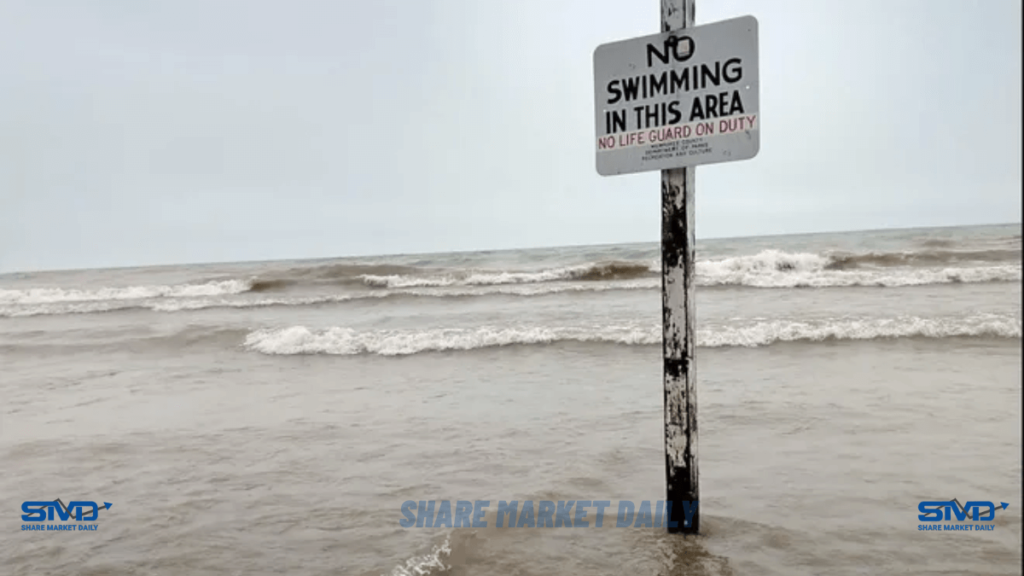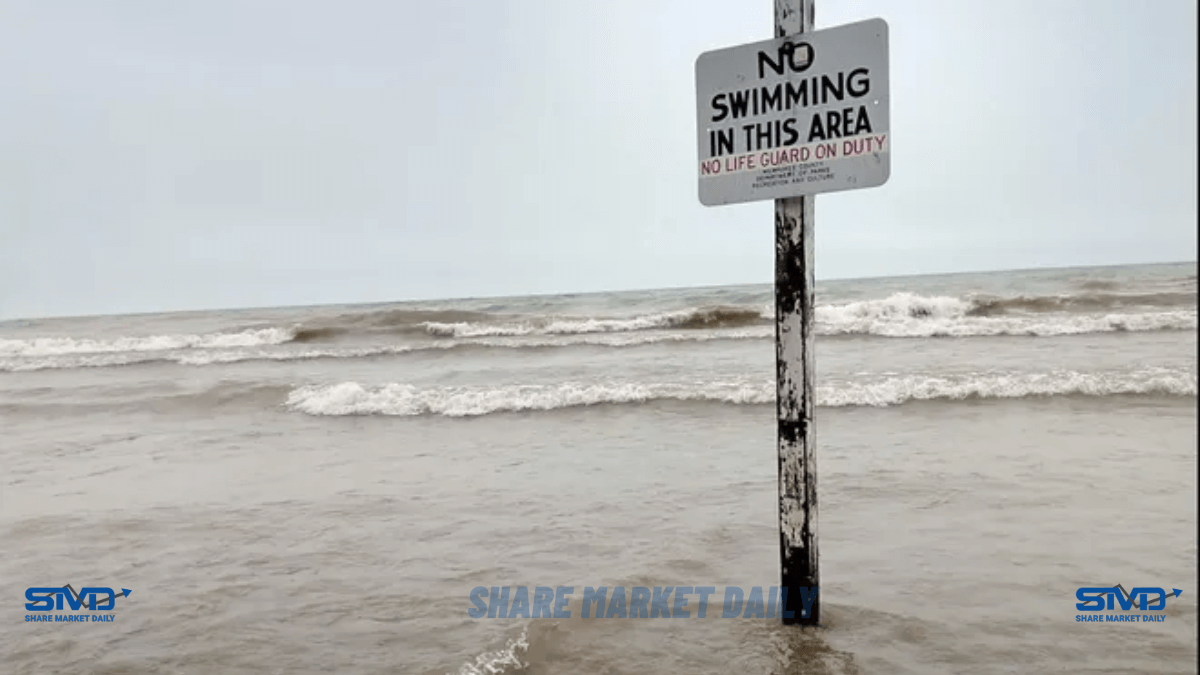Here’s Why Lake Michigan Is Considered The Deadliest Great Lake
In spite of most people heading back to school, there are some who are still enjoying the last bit of summer by spending some time at the beach before they head off to school.
It is expected that there will be a low swim risk this week and green flags through the weekend. However, we all know how dangerous Lake Michigan can be – it is considered to be one of the deadliest Great Lakes.
An overview of drownings in the Great Lakes for the year 2022 can be found here:
Lake Michigan) 38 drownings (+7 unknown final outcomes or cause of death)
Lake Superior) 4 drownings
Lake Huron) 10 drownings
Lake Erie) 15 drownings (+3 unknown final outcomes or cause of death)
Lake Ontario) 17 drownings (+1 unknown cause of death)
The Great Lakes have taken the lives of 84 people this year alone, and 38 of those deaths have been attributed to Lake Michigan, which is the largest of the Great Lakes.
This means that Lake Michigan has been responsible for around 45% of the Great Lakes drownings this year, which is more than double the death toll of any other Great Lake in this time period.
It is true that other Great Lakes also have similar dangers as Lake Michigan, but they have fewer sandy beaches for visitors to enjoy in comparison to Lake Michigan, which receives millions of tourists each year from all over the world.
Read More: Dr. Anthony Fauci Will Step Down From Public Service At The End Of December After Decades Of Service
Those beaches in northwest Indiana and southwest Michigan have the most dangerous waters because of the wind that blows from the north and west, creating large waves that create swift currents, both of which pose a great risk to swimmers.
When swimming in Lake Michigan, it is important to be aware of two types of currents: rip currents and longshore currents.

A rip current is formed when a wave breaks near the shoreline, and the water from the wave generates fast, narrow currents that travel away from the shoreline as it breaks.
A rip current usually doesn’t have very wide channels – usually less than 80 feet – so the best thing you can do if you ever find yourself caught in one is to swim parallel to the shoreline and then swim back to shore as soon as possible.
When waves run parallel to the shore, longshore currents are formed as a result. As waves get closer to the shore, they are slowed down by the beach, which creates an accumulation of energy as the waves build up.
A swift longshore current is then created as a result of this energy being released.
Longshore currents pose the greatest danger to swimmers when they push them into other hazards, such as rip currents or man-made structures, in addition to pushing them towards the shore.
In the water, structures such as piers can pose a threat to swimmers who may be pushed up against them, but they can also create their own currents within the water as well.
Keep these safety tips in mind if you decide to head out to the lakeshore as summer comes to an end.


